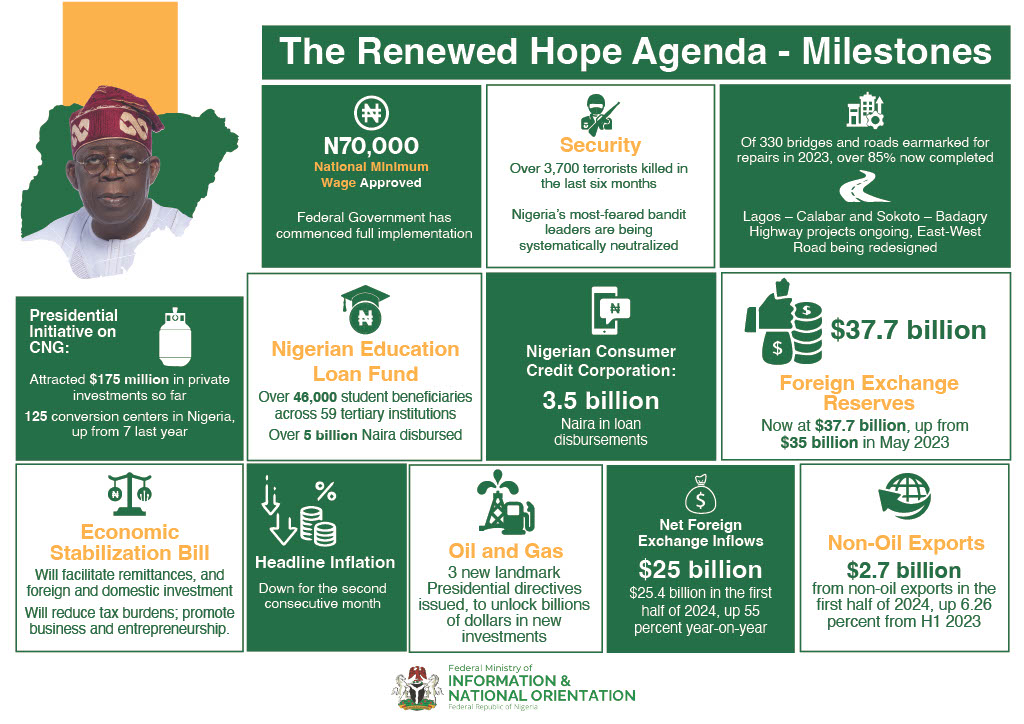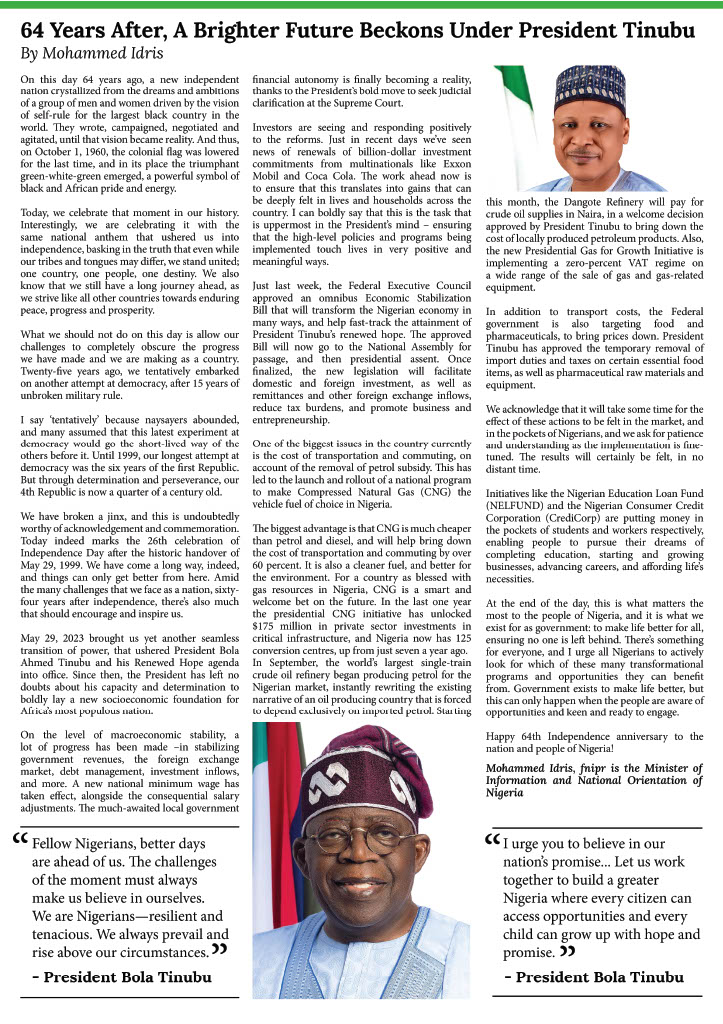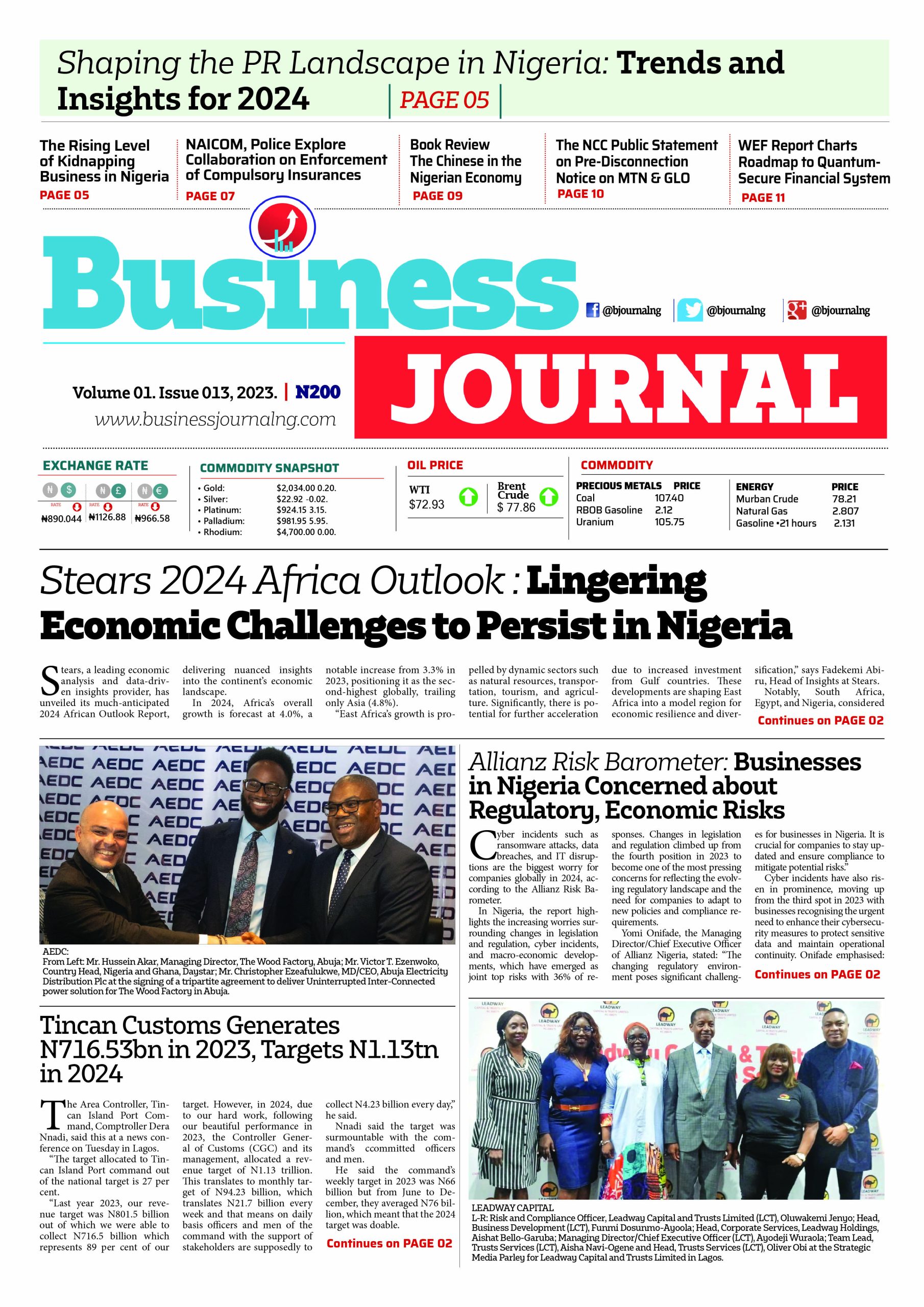The National Bureau of Statistics (NBS) released the Consumer Price Index (CPI) figures for February 2016 yesterday with the major Headline Index and Sub-indices at record high double-digit levels.
A research report by Afrinvest Research says the February Headline Inflation – measured Year-on-Year (Y-o-Y) was estimated at 11.4%, 1.8% higher than 9.6% reported in January. Headline inflation has been on a steady rise since December 2014 (8.0%) with the only decline in October 2015.
The Report states:
The current inflation level is the highest recorded since December 2012 (12.0%). According to the NBS report, the acceleration in February CPI growth was on the back of faster growths across 11 COICOP divisions, with Restaurants and Hotels the only division that recorded a slower Y-o-Y growth.
Accordingly, the Food sub-Index (Farm Produce and Processed Foods) rose 11.3% Y-o-Y and the Core sub-Index (All items less farm produce) by 11.0% Y-o-Y from 10.6% and 8.8% in January respectively.
Food Inflation at 3-Year High of 11.0% Y-o-Y, Increased by 1.4% M-o-M
Following two months of a stable M-o-M increases in the Food sub index (December and January), the pace of increases in food prices rose in February to 1.4% M-o-M, 0.5% higher than 0.9% in January.
This pushed Y-o-Y growth in the Food Index to a 3-year high of 11.3%, which was 0.7% higher than rate in January. Prices of all major food groups in this category increased at a faster pace save for Potatoes, Yams and Other foods in the Tuber classification.
In the same vein, imported Food items as well as other major inputs for production of key local staples such as bread were the major drivers.
The major price increases were recorded in Fish, Vegetables, Bread and Cereal group for the second consecutive month.
We expect the food prices to remain pressured due to 1) security crisis in the North Central region which is a major food belt in the country 2) effect of the start of the planting season 3) pressured imported foods is expected to persist due to overhanging forex challenges.
Core Inflation Up 2.2% Settling at 11.0%
The core index recorded the highest growth, measured both M-o-M and Y-o-Y. The Index grew 2.7% M-o-M (from 0.8% in January) while Y-o-Y growth settled at 11.0% in February from 8.8%.
The jump in core inflation was mainly due to impacts of Imported Food prices, higher prices of Energy & Utilities – Housing, Water, Electricity. Gas and Other Fuel division – which rose 6.7% M-o-M and 13.9% Y-o-Y (the highest across all the COICOP segments on M-o-M and Y-o-Y bases).
This was against the backdrop of higher electricity tariff and exchange rate constraints pressuring prices of imported raw materials and finished goods. The Inflation expectation of Core Index is equally elevated given the increase in electricity tariffs implemented in February and subsisting supply constraints in the FX markets.
Implications and Expectations
The record high Headline and sub-indices numbers were above our forecast but much in line with our expectation that inflation would remain broadly driven by structural supply-side/cost-push factors.
This is likely to cause political backlash on the fiscal side and put question on the current monetary policy thrust of the CBN which appears to have given up the objective of price stability for an “induced” FX stability, trade protectionism and stimulating domestic manufacturing growth.
The fact that this policy thrust, with its mounting opportunity cost of higher domestic prices and tepid FX inflow, is yet to have a knock-on on aggregate growth and development indicators – GDP growth, Credit to the Private Sector, (un)employment rate and Manufacturing PMI – will be an important consideration for the MPC in its 2nd sitting of the year coming up next week, 21st and 22nd of March, 2016.
The implication of the higher inflation rate on the financial markets is also instructive; Nigeria’s 10-year bond yield spread over inflation rate has further narrowed to 0.5% (same as the US 10-year Treasury note) from 3.2%.
The Bond market closed bearish today in reaction to the data but we do not expect the effect to last if the CBN does not tighten monetary policy at its next meeting as the general investors sentiment remains` risk averse and portfolio managers continue to overweight sovereign bonds.
We do not expect the MPC to alter its monetary policy course at the next meeting for 1) a change in monetary policy would do little to rein in inflation/inflation expectation which is more structural than liquidity driven at the moment and 2) readings from the personal statement of Committee members’ at the January committee meeting suggests most members’ remain dovish (with some arguing for a lower SDF rate) and heavily in favour of the current administrative measures adopted by the CBN in the FX market.










